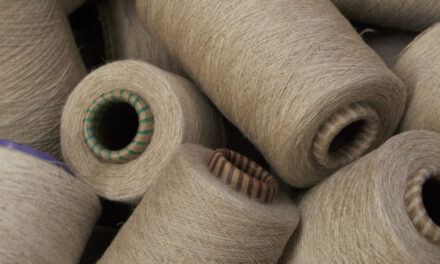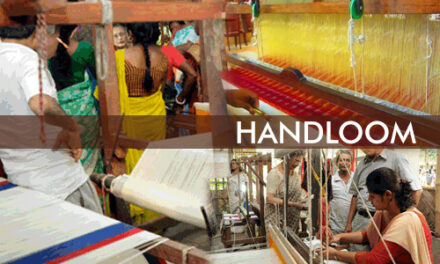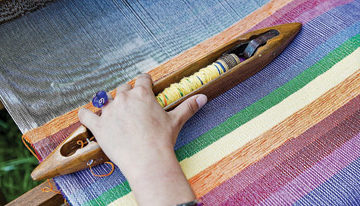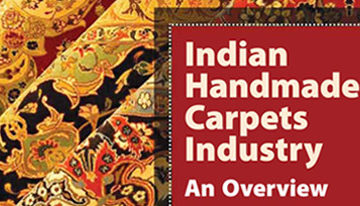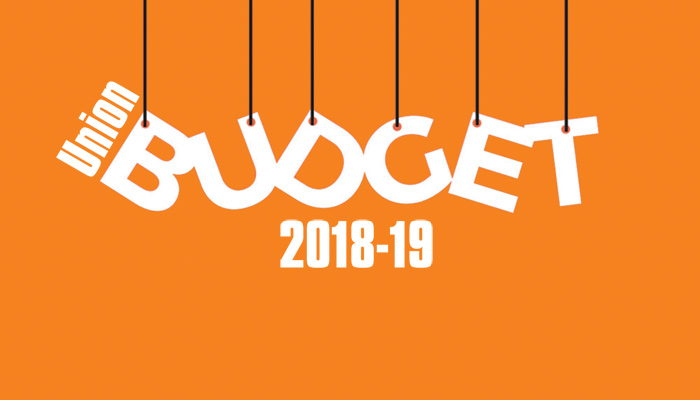According to the Textiles report of Motilal Oswal Financial Services Limited (MOFSL), the Home Textile industry is facing headwinds due to shortage and unavailability of shipping containers, increase in freight costs, and longer transit duration. While there may be some headwinds, companies remain positive on demand scenario in the mid to long run on account of the China+1 strategy, US prohibition on Xinjiang cotton made products, and the government’s steps to support the Indian Home Textile export market.
Steady demand outlook from the domestic/international market
As per OTEXA data, India’s market share in US Cotton Sheets imports rose to 57 percent in CY21 (v/s 52 percent in CY20), whereas China lost ~2 percent share. In the Terry Towels segment, India’s share has risen by 200bp to 44 percent in CY21 (v/s 42 percent in CY20), while China’s share has fallen by 200bp. India Spinning sector is seeing heightened demand due to the prohibition onv Xinjiang cotton made products and higher captive consumption of yarn in Bangladesh and Vietnam.

-
- International cotton prices: The following is expected to impact cotton prices going forward: i) the US ban on products manufactured from cotton obtained from China’s Xinjiang region, and ii) this region accounting for one-fifth of the global cotton production. As a result, other cotton supplying countries are likely to face added pressures
- Domestic cotton prices: Cotton arrival in the market till date is ~10.8m bales v/s ~26m bales at the same time last year. Cotton arrivals to the market are slower this year, even as consumption remains high. Import has fallen due to a change in duty. As a result, domestic prices continue to remain high. Prices of cotton rose 71 percent to INR207.8/kg in Nov’21 from INR121/kg in Oct’20. Itv surged 8 percent MoM to INR217/kg in Jan’22. As cotton prices are at their peak, yarn and fabric prices are rising in tandem

- The China+1 strategy are further accentuating growth as US and European clientsv look to increase their sourcing from other countries
- Inflation impacts margin: Margin in 3QFY22 was suppressed due to the significant rise in cotton/energy prices. Companies are focusing on passing on the increase in material cost to customers via price hikes in finished products
TRID and VTEX lead in terms of growth among Textile players
- In 3QFY22, major Home Textile companies (Wellspun Indian (WLSI), Indo-Count Industries (ICNT), Trident (TRID), and Himatsingka Seide Ltd (HSS)) reported cumulative revenue growth of 25 percent YoY and 5 percent QoQ. TRID led the pack with 52 percent YoY and 18 percent QoQ revenue growth in 3QFY22
- The Home Textile segment of TRID and WLSI (excluding Carpet) grew 29 percent YoY and 5 percent QoQ. All players reported strong YoY growth, led by an increase in realizations and revival in demand, while it was a mixed bag in terms of QoQ growth
- Major Home Textile players (TRID/WLSI/ICNT/HSS) reported a revenue growth of 52 percent/19 percent/2 percent/16 percent YoY. On a sequential basis, TRID/ICNT reported a revenue growth of 18 percent/8 percent. The same declined by 3 percent for WLSI/HSS
- Gross margin of major Home Textile players (TRID/WLSI/HSS) contracted by 430bp/880bp/440bp YoY to 50.8 percent/44 percent/49.9 percent, but expanded by 170bp YoY to 50.7 percent for INCT. On a sequential basis, gross margin of TRID/WLSI contracted by 470bp/230bp, but expanded by 10bp/180bp for INCT/HSS
- Gross margin for KPR Mill (KPR) contacted by 610bp YoY and 340bp QoQ to 43.8 percent. The same for Vardhaman Textiles (VTEX) expanded by 410bp YoY (down 350bp QoQ) to 52.4 percent
- Home Textile players (aggregate) reported a margin contraction of 300bp YoY and 230bp QoQ to 16.5 percent in 3QFY22. EBITDA for aggregate Home Textiles players grew 6 percent YoY, but fell 8 percent QoQ
The Home Textile segment witnessed a strong demand revival in 9MFY22. Despite shortages and the unavailability of shipping containers, higher freight cost, and longer transit duration, a better demand scenario is likely to continue in the mid to long run on an increased consumption due to hygiene-related factors, and market share shift from China due to ban on imports of cotton made products from Xinjiang.
MOFSL expects gross margin pressures to subside in upcoming quarters with price hikes. However, it will remain under pressure till the next cotton season. The outlook for the Home Textile business remains positive, with short term risk to margin. Indian Textile players are best placed to utilize this opportunity. The outlook for Yarn and Garment players also remains positive due to higher demand for Apparels from the US and Europe (from retailers) on account of the China+1 policy and the US ban on imports of cotton made products from Xinjiang. MOFSL has a Buy rating on TRID, with an FY24E-based TP of INR73.


